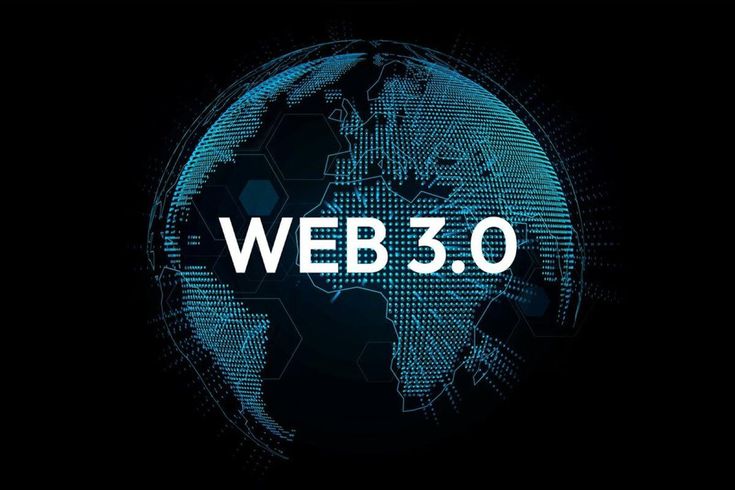Hello, I'm Gee
I bridge the worlds of education, digital marketing, and future technology.


What is Web3?
Now, we are entering the era of Web3 — a new phase of the internet that aims to give control back to users. Powered by blockchain technology, Web3 is about decentralization. Instead of relying on centralized servers or corporations, Web3 applications (often called dApps) run on peer-to-peer networks. In this world, users don’t just use the internet — they own a piece of it. With Web3, people can hold digital assets like cryptocurrencies and NFTs, participate in decentralized communities called DAOs, and interact in ways that don’t require intermediaries. For example, instead of using a bank, someone might use a DeFi platform to lend or borrow money — all governed by smart contracts that execute automatically when conditions are met. At its core, Web3 envisions an internet that is more open, secure, and user-centric — where trust is built into the system itself, not placed in large institutions.
Question
What kind of technology is Web 3?
Web 3 is a new generation of internet technology that focuses on decentralization, using blockchain to give users more control over their data and digital identity. Unlike the current web (Web 2.0), which is dominated by big tech companies, Web 3 allows people to interact and exchange value directly through decentralized applications, smart contracts, and cryptocurrencies. It promotes transparency, ownership, and user empowerment in the digital world.
When will Web3 be widely adopted?
Web3 is already in development and partially in use today, but full adoption will take time. Many decentralized applications (dApps), blockchain platforms, and crypto-based services are already active, but Web3 is still in its early stages. Experts believe that mainstream adoption may happen gradually over the next 5 to 10 years, as technology improves, regulations evolve, and more users become familiar with decentralized systems. Just like how Web 2.0 took years to grow, Web3 will also evolve step by step.
Is Web 3 a threat?
Web3 is not necessarily a threat, but like any powerful technology, it brings both opportunities and risks. On one hand, Web3 empowers users by decentralizing control, protecting privacy, and enabling financial inclusion through blockchain and cryptocurrencies. On the other hand, it raises concerns related to security, regulatory challenges, misuse (such as scams or illegal content), and the environmental impact of certain blockchain networks.
For traditional institutions, Web3 may seem disruptive because it challenges centralized control over data, money, and digital platforms. However, rather than being a threat, Web3 can be seen as a shift — offering a new digital model that prioritizes transparency, user ownership, and innovation.
How can I learn Web3?
You can start learning Web3 by understanding its core components such as blockchain, smart contracts, cryptocurrencies, and decentralized applications (dApps). or Join to my Telegram
